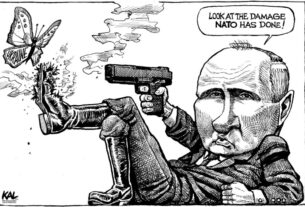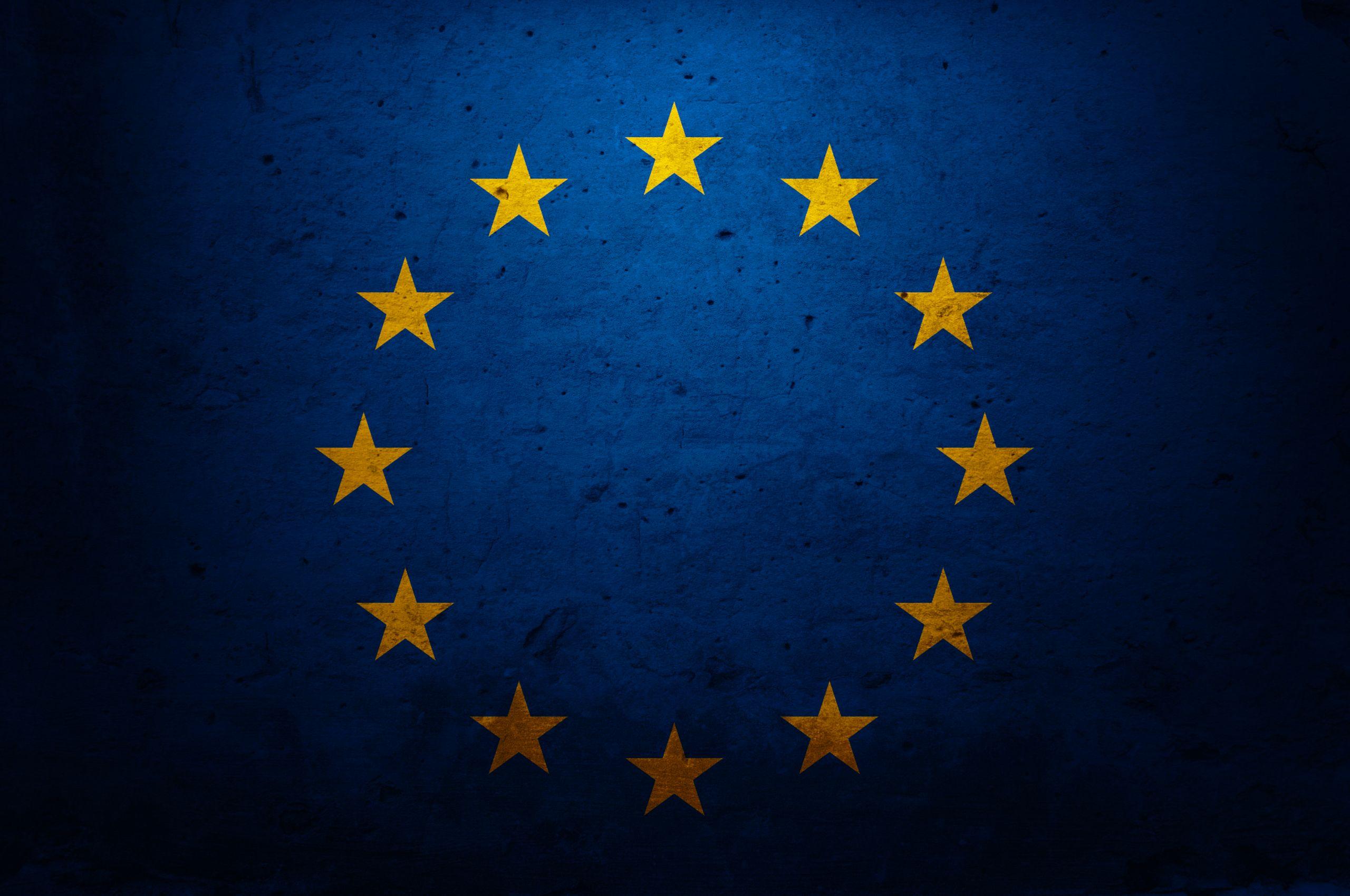Dutch farmers dumped manure and set fire hay on fire along major highways Wednesday, prompting traffic jams in central and eastern parts of the Netherlands, in protest over government plans to reduce fertilizer use and livestock numbers.
The disruptions were the latest in a series of protests that have shaken up the country and garnered support abroad from the likes of Donald Trump and Marine Le Pen since The Hague presented plans to slash emissions largely produced by livestock in half by 2030. This has raised the ire of farmers, who say the measures will impact all forms of agriculture in the Netherlands — the world’s second-largest exporter of agricultural goods.
Farmers argue the plans are unrealistic and could force many out of business with global inflation, an energy crisis and the Russia-Ukraine war all putting a squeeze on food production, but the protests have also gotten increasingly agitated, with police firing at farmers during a demonstration earlier this month. There are also concerns about the far right now latching onto the movement, using it as a new platform to win supporters.
POLITICO explains what led up to the mess on Wednesday and what’s at stake going forward:
How did we get here?
Protests began in 2019, after a court ruled the Dutch government’s strategy for reducing excess nitrogen breached EU laws and the way officials calculated nitrogen emissions was questionable, prompting The Hague to look for ways to clamp down on such pollutants.
In June this year, the government presented plans to cut nitrogen and ammonia emissions by 50 percent by 2030 to preserve EU-protected Natura 2000 areas and bring them back to a “healthy level.” Because some areas are more sensitive to nitrogen emissions than others due to things like water and soil conditions, this figure could reach 70 percent in certain regions.
The plans will mostly affect the agricultural sector, which is the main emitter of ammonia and nitrogen, in particular livestock farmers. Despite its small size, the Netherlands has the highest density of livestock in Europe. Ammonia is released in animals’ urine and feces, while nitrogen also evaporates from manure, which farmers say they prefer to use as fertilizer because it ensures better plant growth and higher crop yields. But excessive emissions of nitrogen can damage plants that do well in nutrient-poor soils, and therefore threaten natural reserves and vulnerable areas.
The government is aware this will not be easy, saying in a statement that it saw three options for farmers: “Becoming more sustainable, relocating or ending their business.”
“The honest story is also that not all farmers can continue with their business, nor forever in the way one is farming now,” the statement added.
What do farmers say?
Farmers argue they are paying a higher price for the emission reduction targets than other sectors, such as the transport and construction industries.
Farmers argue they are paying a higher price for the emission reduction targets than other sectors | Bart Maat/ANP/AFP via Getty Images
They also say the timeline and targets will be impossible to fulfill, with fears about numerous farms shutting down backed up by leaked estimates from the finance ministry published by Dutch media, projecting that roughly 11,200 livestock farms would have to close and 17,600 farmers would have to reduce their livestock populations to meet the targets.
Sieta van Keimpema, a board member of the Farmers Defense Force, one of the leading organizations of Dutch farmers, said protesters are upset at the government for being “arrogant” and unwilling to address farmers’ core concerns.
Another complaint is that the government did not conduct impact assessments of its plans, according to Wytse Sonnema, head of communications for LTO Netherlands, which represents agricultural and horticultural operators.
“We do not know what the economic impact will be, we do not know what the social and cultural impact will be on the countryside,” Sonnema said.
“It goes beyond farming,” Sonnema added. “This will impact not just the farm and agricultural sector, but the whole agricultural eco-system that surrounds it, and by extension the entire countryside.”
“The plans were very hard for the farmers in the Netherlands. We understand that,” said a spokesperson for the Dutch nature and nitrogen ministry — a new minister for nature and nitrogen policy was named in January to deal with the issue. “But we will always listen to the farmers and we spoke with them, and this is what we will do in the … coming months.”
What’s the far-right connection?
The protests have attracted more support from right-wing groups both at home and abroad since Dutch police fired shots at tractor-riding farmers in early July. (The shots hit a tractor, but no one was injured.)
Dutch far-right leader Geert Wilders and France’s Le Pen have both backed the farmers. Former U.S. President Trump drew even wider right-wing attention to the farmers internationally when he weighed in over the weekend, saying the measures would mean farmers would no longer be allowed to work their land.
“Farmers in the Netherlands of all places are courageously opposing the climate tyranny of the Dutch government. Can you believe that? Which wants to dramatically cut Dutch farm production despite growing food shortages,” Trump said in a speech to a group of students in Florida.
“We stand with the peaceful Dutch farmers who are bravely fighting for their freedom.”
Conspiracy theorists have also painted the protests as an anti-establishment, anti-migration movement, arguing the government has laid out anti-democratic restrictions on individual freedoms.
Farmers say the plans are unrealistic and could force many out of business | Sem van der Wal/EPA-EFE
How is the government responding?
The legislation still needs to pass in parliament, but since the current coalition government holds a majority, it’s likely to go through. Once that’s approved, provincial authorities across the country will have to implement the plans.
Dutch MPs have been calling for emergency debates in the parliament to address the plans.
The ruling coalition parties first want to hear from a newly appointed mediator, Johan Remkes, who’s been tasked with finding common ground between the farmers and politicians. On Tuesday, Remkes invited nature organizations and farmers to talks in a bid to “come out of the impasse together.” The talks will take place in August and there is hope that the mediator will be able to come up with suggestions for moving forward by the end of August.
The spokesperson for the Dutch nature and nitrogen ministry said: “We [will] hear what they [the farmers] have to say, and then we [will] move forward.”
The movement is far from centralized, collecting people with a wide range of grievances and views as well as approaches to protesting. More demonstrations are expected over the coming days but it’s unclear when and in what form, according to van Keimpema from the Farmers Defense Force.
This article is part of POLITICO Pro
The one-stop-shop solution for policy professionals fusing the depth of POLITICO journalism with the power of technology
Exclusive, breaking scoops and insights
Customized policy intelligence platform
A high-level public affairs network





